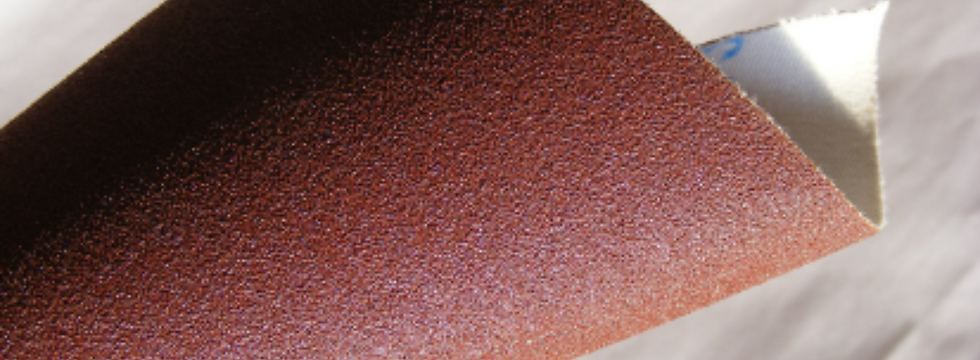
In the world of abrasive materials, the term "grit" often comes up in discussions about sandpaper, grinding wheels, and other abrasive products. But what exactly does it mean? Abrasive grit refers to the size of the abrasive particles embedded in the abrasive material. Understanding the different grit sizes is crucial for achieving the desired results in various applications. In this blog post, we'll explore the spectrum of abrasive grit sizes and their respective uses to help you navigate the world of abrasives more effectively.
Understanding Abrasive Grit Sizes:
Abrasive grit sizes are typically measured using standard scales such as the ANSI (American National Standards Institute) or FEPA (Federation of European Producers of Abrasives) scale. These scales assign numerical values to denote the size of the abrasive particles, with lower numbers indicating coarser grit sizes and higher numbers representing finer grit sizes.
Common Grit Sizes and Their Uses:
1. Coarse Grits (Low Grit Numbers):
Grit Range: 24-60 (ANSI), P16-P60 (FEPA)
Characteristics: Coarse grit abrasives feature large abrasive particles and are suitable for rapid material removal.
Applications: Coarse grits are ideal for heavy-duty grinding and shaping tasks, such as removing welds, smoothing rough surfaces, and leveling uneven edges.
2. Medium Grits:
Grit Range: 80-120 (ANSI), P80-P120 (FEPA)
Characteristics: Medium grit abrasives strike a balance between material removal and surface finish.
Applications: Medium grits are commonly used for general-purpose sanding and grinding applications, including surface preparation, deburring, and shaping.
3. Fine Grits:
Grit Range: 150-240 (ANSI), P150-P240 (FEPA)
Characteristics: Fine grit abrasives feature smaller particles and are ideal for achieving smoother surface finishes.
Applications: Fine grits are suitable for finishing and polishing tasks, such as smoothing wood surfaces, removing scratches, and preparing surfaces for painting or coating.
4. Very Fine Grits:
Grit Range: 280-600 (ANSI), P280-P600 (FEPA)
Characteristics: Very fine grit abrasives consist of tiny particles and are used for ultra-smooth surface finishing.
Applications: Very fine grits are commonly employed in precision finishing applications, such as polishing metals, refining painted surfaces, and achieving mirror-like finishes.
5. Extra Fine Grits:
Grit Range: 800-1200 (ANSI), P800-P1200 (FEPA)
Characteristics: Extra fine grit abrasives feature extremely fine particles for the highest level of surface refinement.
Applications: Extra fine grits are reserved for the most delicate finishing tasks, including fine woodworking, jewelry making, and optical lens polishing.
Selecting the Right Grit:
Choosing the appropriate grit size depends on factors such as material type, surface finish requirements, and the desired level of material removal. Coarser grits are suitable for aggressive material removal, while finer grits excel at producing smooth finishes. Consider your specific application needs and refer to grit size charts provided by abrasive manufacturers to make an informed decision. If you need help determining what grit to use, our Application Specialists at Butler Bros are ready to assist you!
Conclusion:
Understanding abrasive grit sizes is essential for selecting the right abrasive for your application. By familiarizing yourself with the characteristics and applications of different grit sizes, you can confidently choose the appropriate abrasive grit to achieve your desired results. Whether you're grinding, sanding, or polishing, knowing which grit size to use will ensure optimal performance and efficiency in your projects.

Comments